My last 5 or 6 posts have focused on the Nevada STEM Underwater and Aerial Vehicle Computer Science Institute (NSUAVCSI) grant I wrote and am now facilitating. 18 middle and high school teachers started out learning a bit of computer programming, then the ethics, safety, educational uses and how-to’s of aerial vehicles, and now underwater vehicles.
Beyond teaching and facilitating the institute classes and activities I’ve begun doing visits to the participating teachers’ classrooms. I’ve waited until now so teachers had time to be trained and then begin utilizing the Parrot, Phantom 3 and OpenROV 2.8 robots with their students.
This week I visited Mike Ismari’s class at Dilworth STEM Academy Middle School. Besides science classes Mike teaches an elective called “Aviation and Drone Tech.” He has also received a grant of his own which will provide several models of aerial drones for his students to build and fly later. He’s still not sure when his will arrive so he signed up for the NSUAVCSI to not only get training in utilizing robots in student learning, but to have access to the Institute robots now.
His students have already been programming 6 of the Parrot drones from the grant he checked out, but during my visit the class was involved in several other activities. Some students were finishing up a research project on drone safety and the laws governing drones.
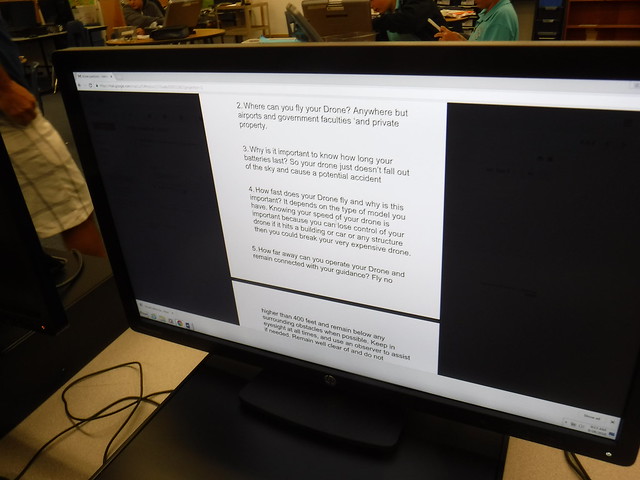
Others were utilizing the ncLab computer programming courses the grant paid for to learn not only programming, but 3D printing as well.
One of the resources available are RF 7.5 flight simulators that allow you to virtually fly different models of drones. It really is a great way to learn to fly them by stick without the “messy” learning part that might include crashing and breaking expensive vehicles before flying a real one. One of Mike’s students was practicing his skills that day.
Still other students were busy building their own model aerial vehicles that cannot actually fly and other devices to learn “making” skills.
We recently received prop guards for the 19 Phantom 3 Professional quadcopters available for checkout, so Mike is planning on checking some out in the next few weeks. This news was just what his students wanted to hear.
Learning is messy!

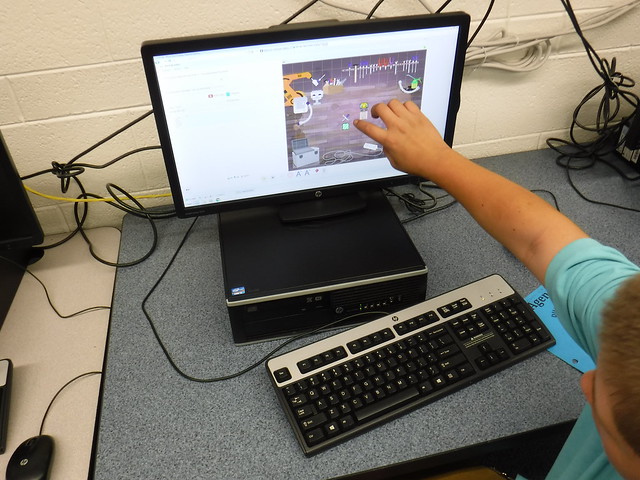
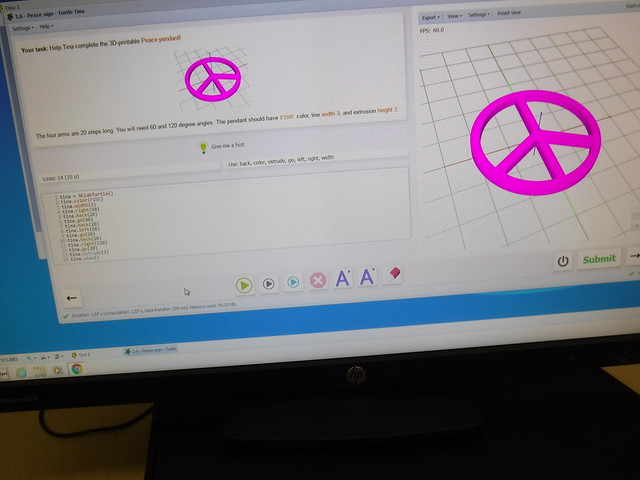
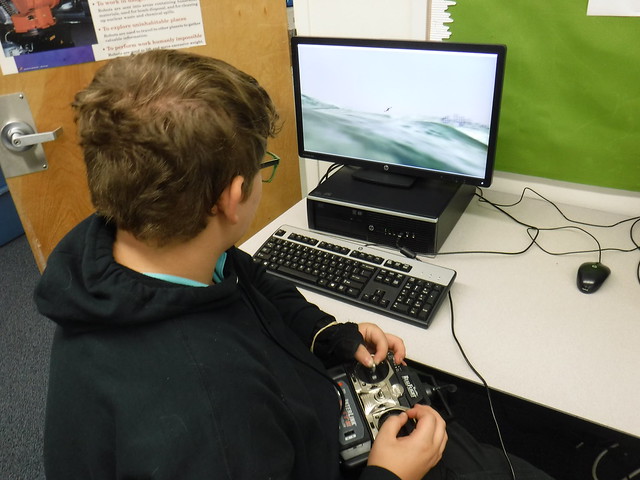
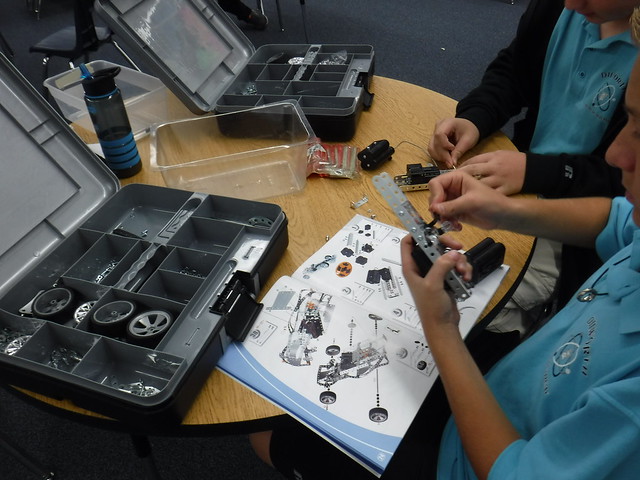
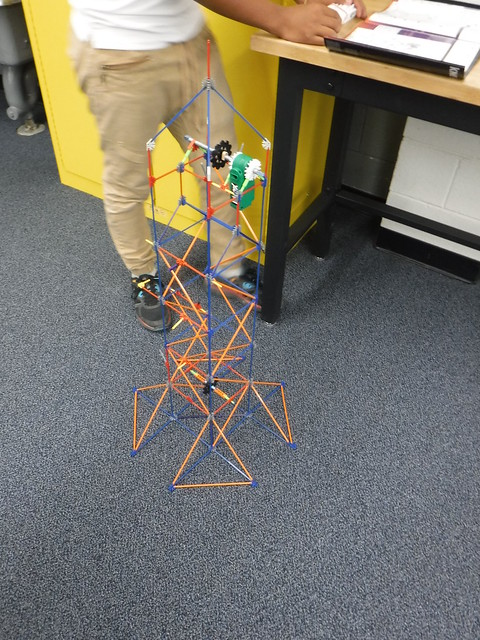
That’s awesome you are teaching this type of programming. I’m so happy to see it spread throughout US classrooms.
This is a fantastic way to engage students and get them interested in careers involving engineering! I love the hands on aspect and all of the resources that are at your disposal. How do you work with students who may struggle with building a design or coming up with a design? Also, do you have any ideas how to incorporate an activity like this into lower grade levels?
Amazing lesson! 🙂
Have students or allow students to work in small groups to come up with a design and build it. Then do your best to facilitate the struggling student to participate in the group. On a project I usually make group participation and inclusion at least 50% of the grade. If not everyone in the group is involved, then it effects their grade. I do give them the “out” that if a student is stopping the group from learning and getting things done and they have legitimately tried to get them involved and on track (you have to teach and role play those skills), then as facilitator I intervene.
Their are awesome ways to take this all the way down to Pre-K. The Parrot Rolling Spider drones we are using can be used down to 3rd grade at least. They are programmed via an iPad of smartphone using block programming, so students learn to program and problem solve. There are similar robots that roll on the ground that even pre-schoolers can program.